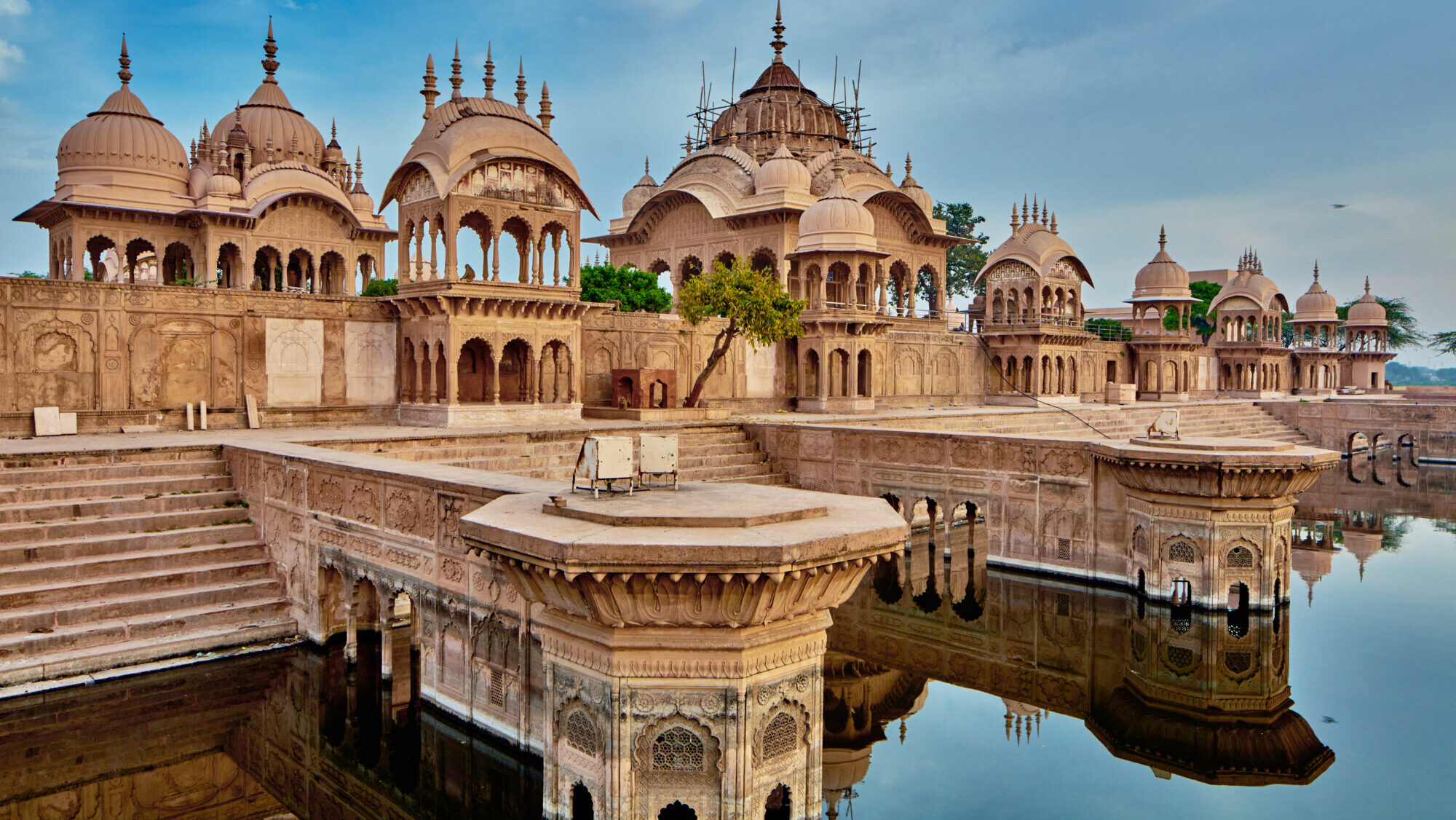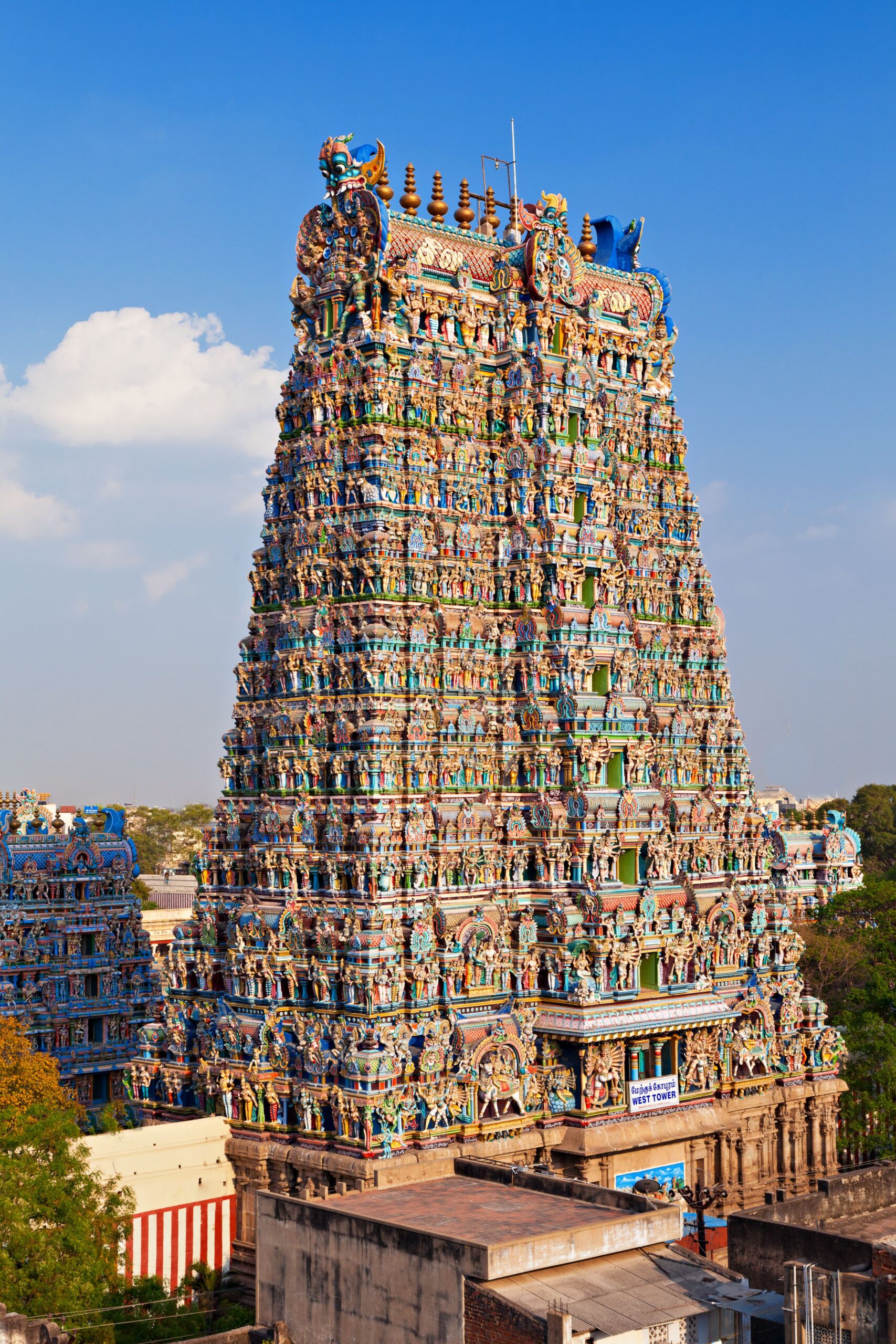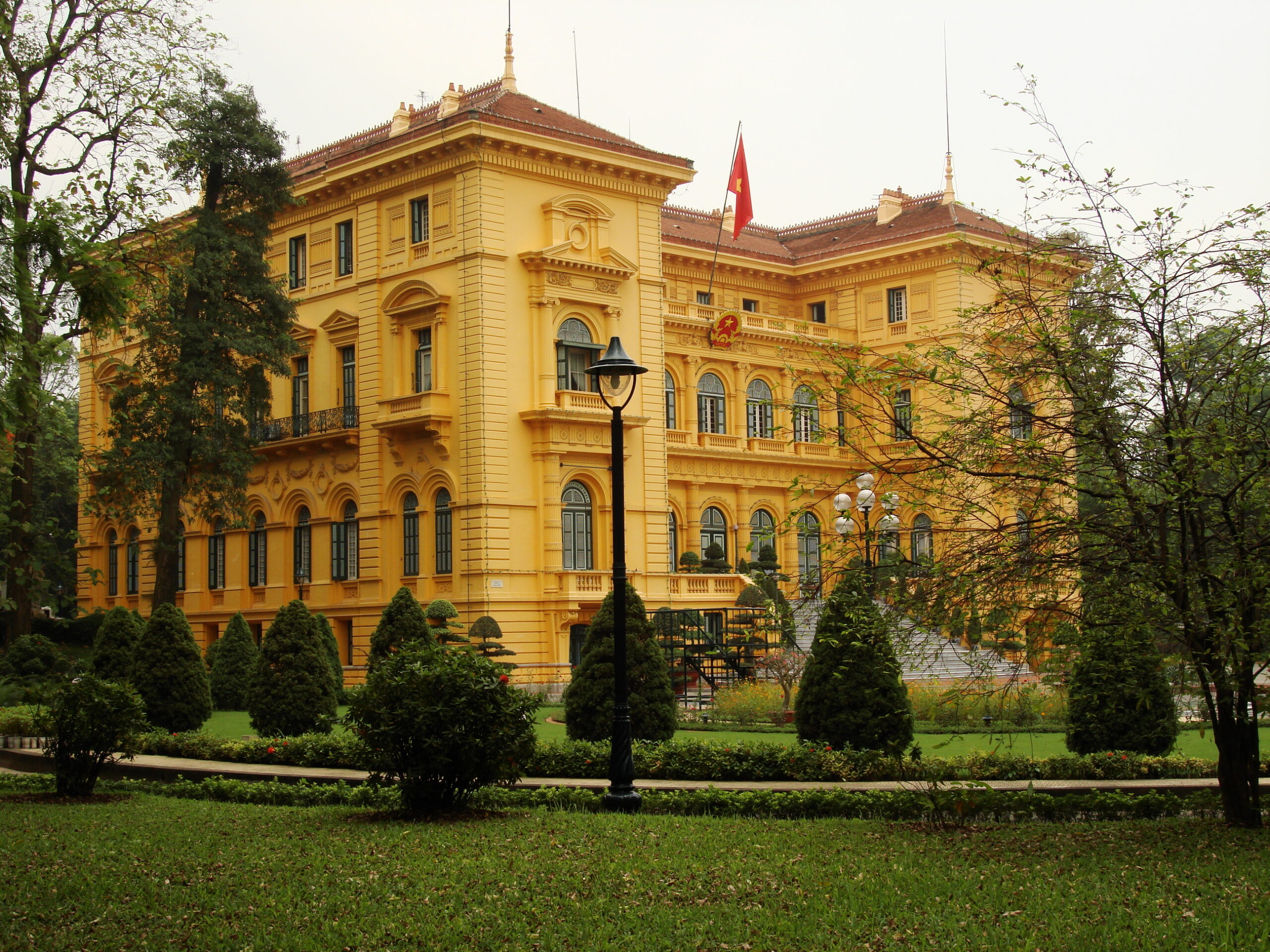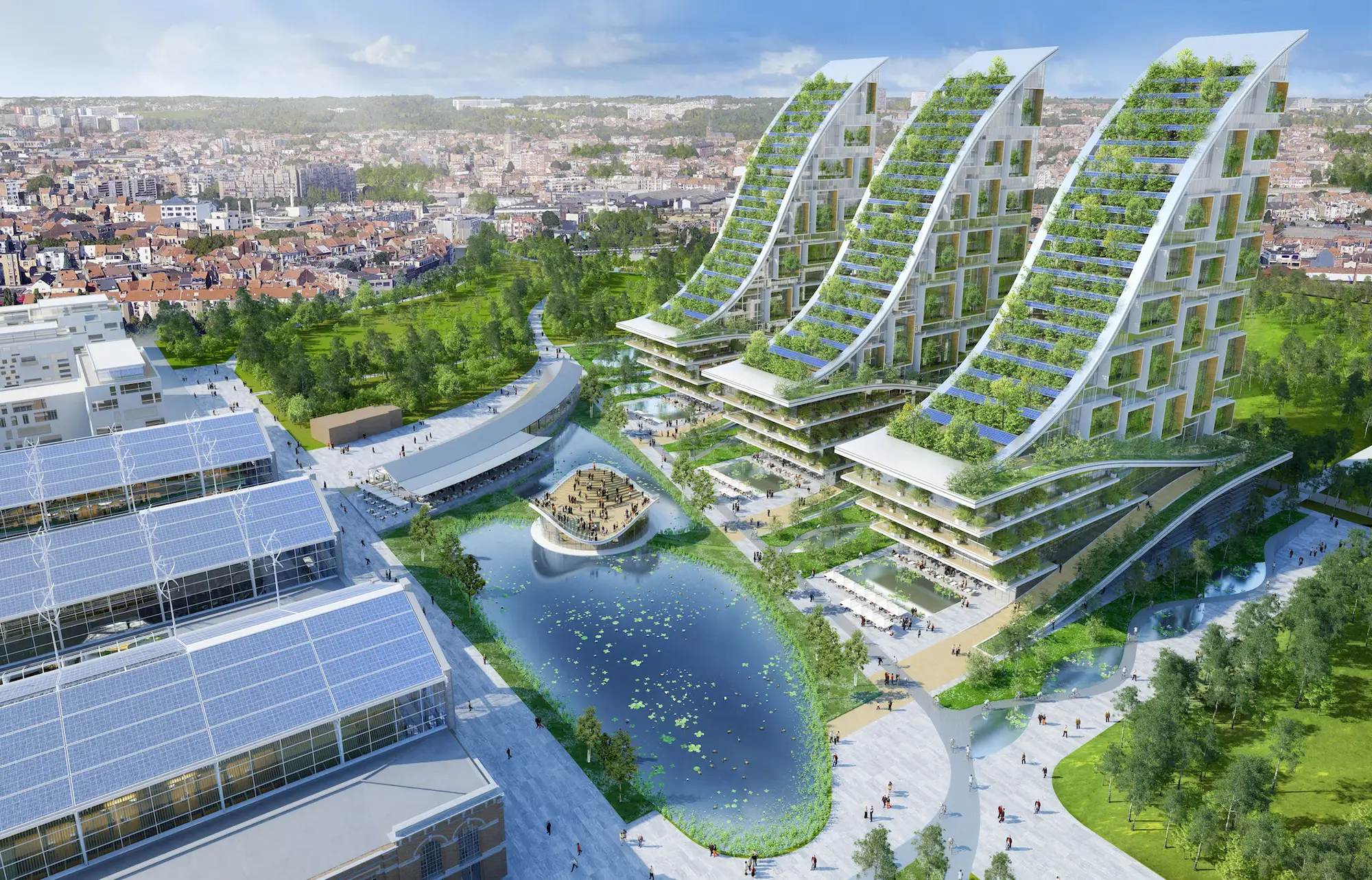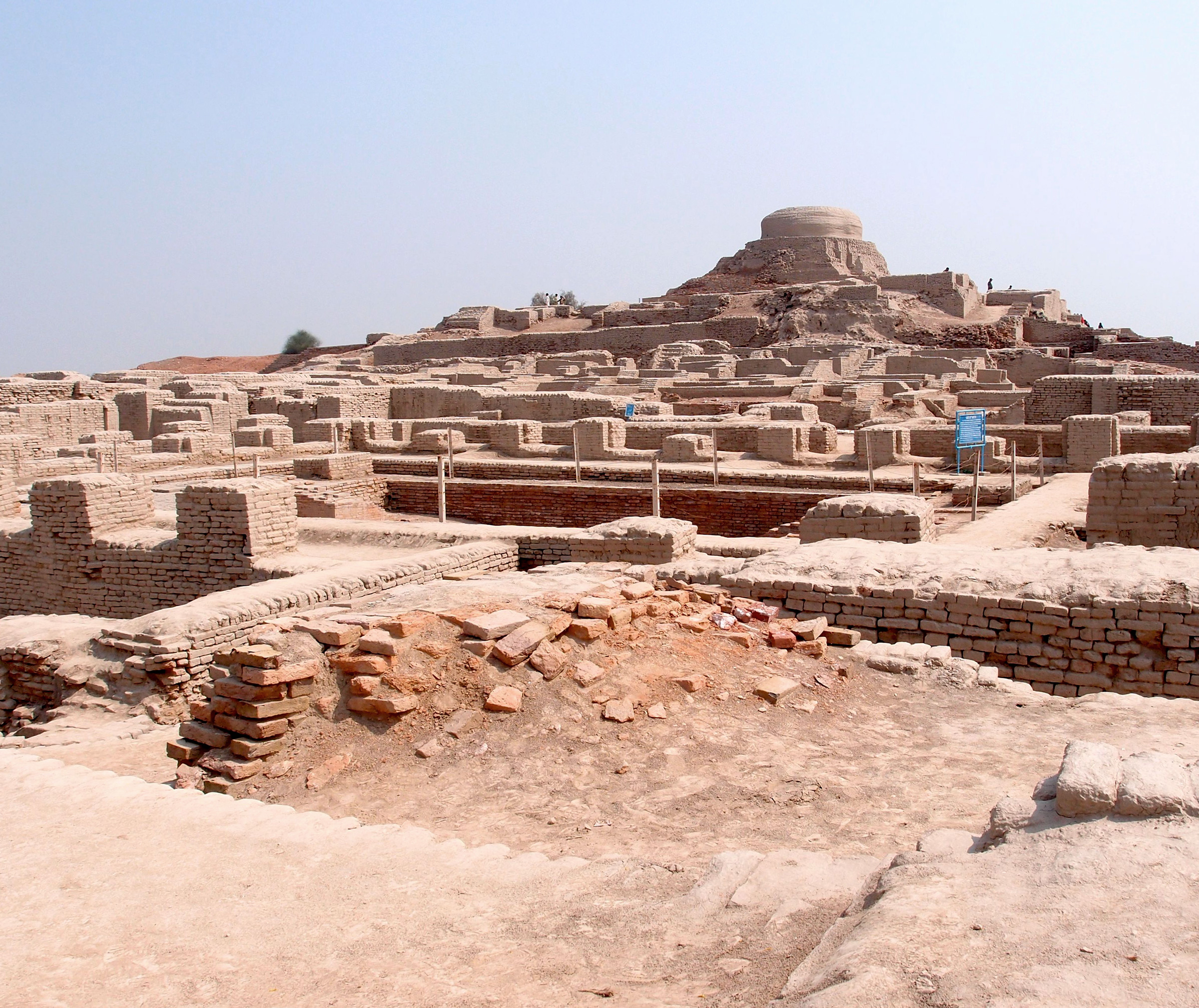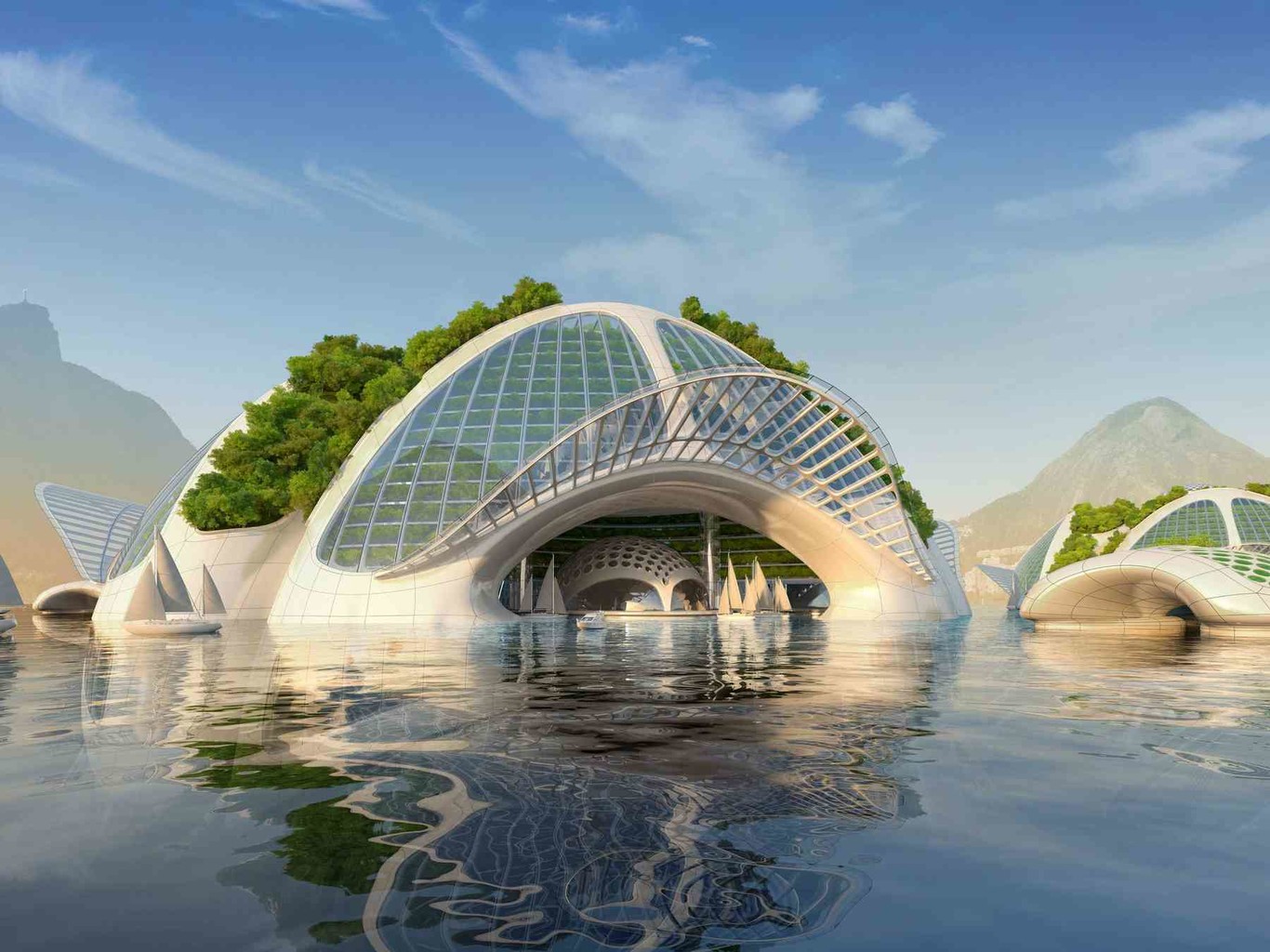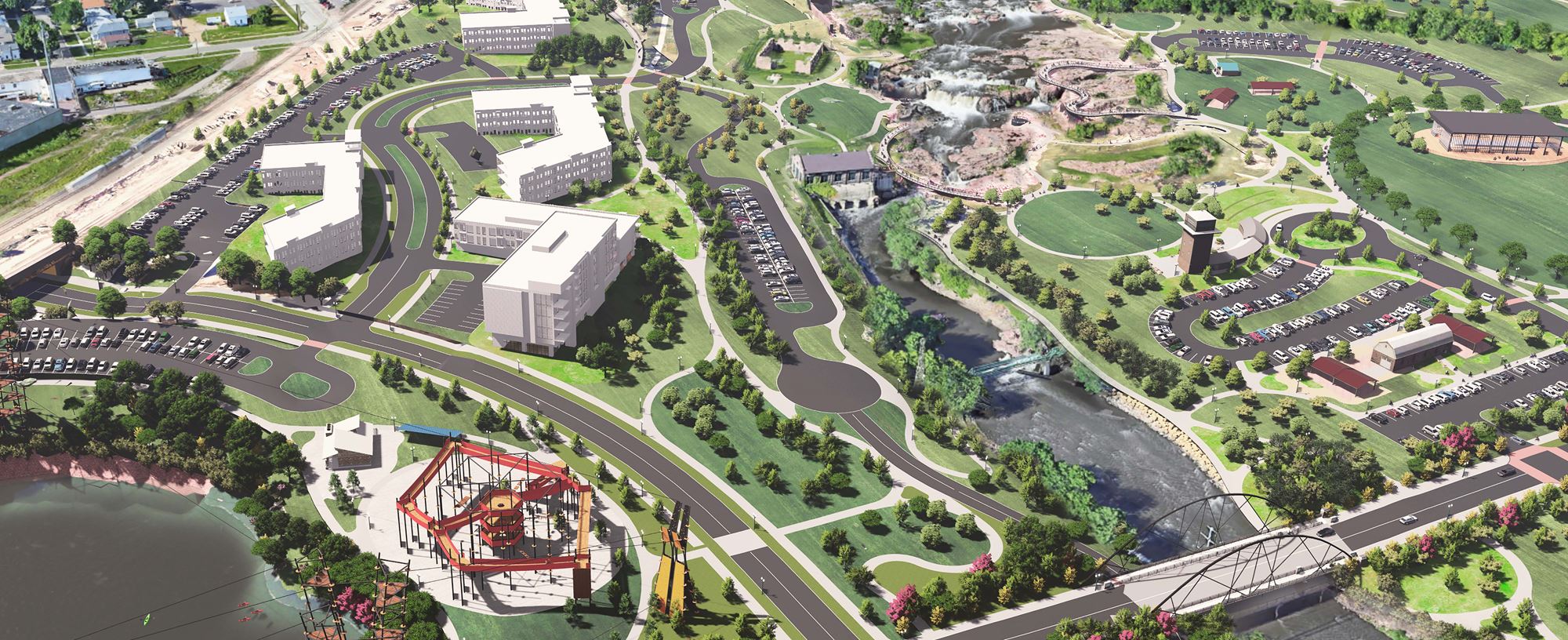Ancient Indian Architecture: A Timeless Legacy of Ingenuity
India, a land steeped in rich history and ancient traditions, is also home to an architectural heritage that is truly awe-inspiring. From towering temples to majestic palaces, ancient Indian architecture is a testament to the extraordinary craftsmanship and creativity of the people who lived in this land centuries ago. These…

